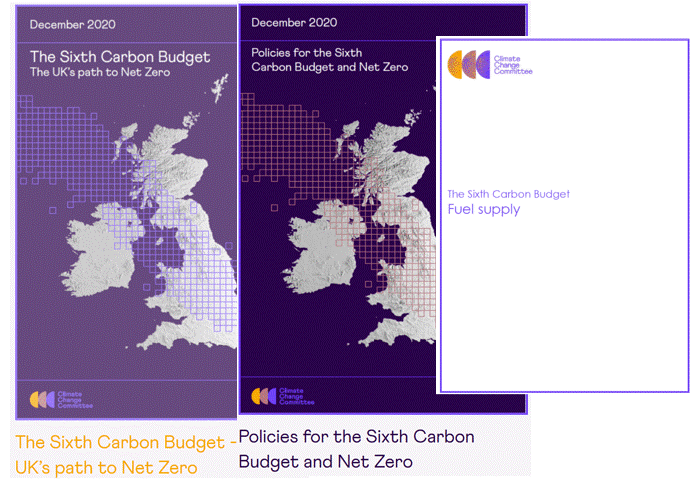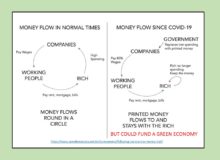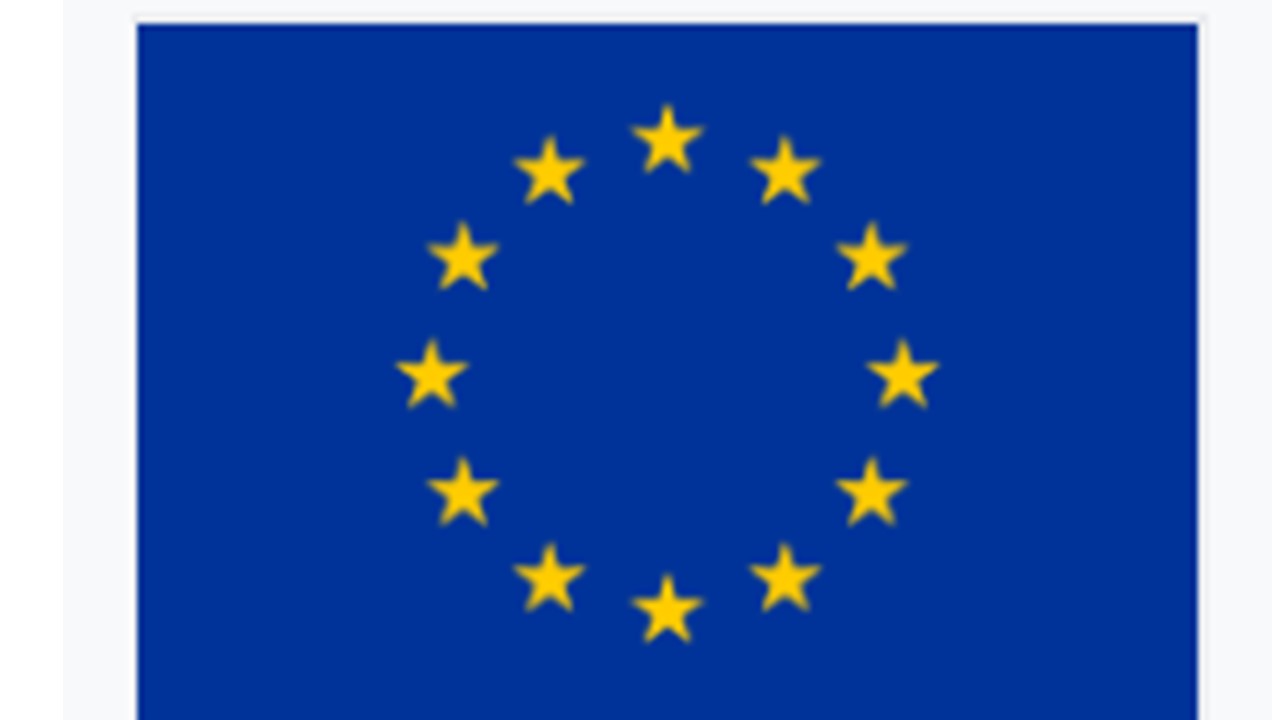 The EU submitted an initial combined ‘Paris pledge’ to the UN for the whole of the EU on greenhouse gas reductions, but each EU State must pledge individual more ambitious ‘Nationally Determined Contributions’ by end 2020, starting at a UN Climate Summit in New York on 23rd Sept 2019. For an example of a shortfall see the UK page. For the effect on greenhouse gas and air pollution see sections below for transport, industry, agriculture etc.
The EU submitted an initial combined ‘Paris pledge’ to the UN for the whole of the EU on greenhouse gas reductions, but each EU State must pledge individual more ambitious ‘Nationally Determined Contributions’ by end 2020, starting at a UN Climate Summit in New York on 23rd Sept 2019. For an example of a shortfall see the UK page. For the effect on greenhouse gas and air pollution see sections below for transport, industry, agriculture etc.
The EU monitors progress on emissions, renewables and energy efficiency at an annual european semester and reports to the UN regularly. However Greenpeace reports that the EU ‘strategic agenda’ is more of a collection of buzzwords than an emergency response to humanity’s greatest threat.” The EU leaders are due to endorse the updated plans on 20 and 21 June, and look unlikely to offer sufficiently ambitious plans for 2019 COP in Chile in December.
“The body of EU environmental policy and regulation is very advanced and comprehensive…” according to Client Earth’s Briefing of March 2019 (p3). However it points out that Europe’s environment is rapidly deteriorating.
“Strong legislative and policy frameworks are not providing the results they should because they are not properly implemented.”
”.. the lack of implementation of EU environmental laws also erodes the rule of law and public trust in both national authorities and EU institutions.”
The means by which the EU delivers greenhouse gas and pollution reduction actions across all member states, are:
- the EU Emissions Trading System (ETS), administered by the EU centrally.
- the Land Use, Land Use Change and Forestry (LULUCF), governed by the Kyoto Protocol separately
- the Effort-Sharing Decision, administered by each country and monitored by the EU.
The EU strengthened its ‘2030 Framework’ in Dec 2018 for the ETS and Effort Sharing sectors. And the expected effects of this 2030 Framework are detailed in EU Directorate General Climate Action scenarios. The framework sets three key targets:
- At least 40% cuts in greenhouse gas emissions(from 1990 levels)
- At least 32% share for renewable energy by 2030 (The Revised Renewable Energy Directive)
- At least 32.5% improvement in energy efficiency by 2030 against predictions of no action (The revised Energy Efficiency Directive (EU) 2018/2002)
However Climate Action Tracker’s analysis of the 2030 Framework actions are that they:
“would still be far from 1.5°C compatible action. Achieving this would need to build on the reform of the EU ETS, the adoption of the Energy Performance of Buildings Directive (EPBD), as well as the political agreement on increasing renewable energy and energy efficiency targets for 2030.”
THE EMISSION TRADING SYSTEM (ETS)
– Aviation, Power and Industry are within the ETS and incur 45% of EU Greenhouse Gases. The Emission Trading System ETS is a ‘cap and trade’ system, with the total ‘cap’ of allowed emissions reducing regularly. “Within the cap, companies receive or buy emission allowances which they can trade with one another as needed. They can also buy limited amounts of international credits from emission-saving projects around the world.“
International aviation emissions are not restricted until 2021, and then merely voluntary offsets. According to analysis published by Carbon Brief aviation could consume a quarter of the global carbon budget for limiting global temperature rise to 1.5C by 2050.
The UK could show leadership by introducing policies that reduce flights and to demand that ICAO acts in the context of a Climate Emergency.
In Sept 2019 EUActive reported that “EU member states should participate in an initial voluntary phase of a new carbon offsetting scheme developed by the International Civil Aviation Organisation (ICAO) – but not if it hampers the EU’s own efforts, transport ministers were told on Friday (20 September).“
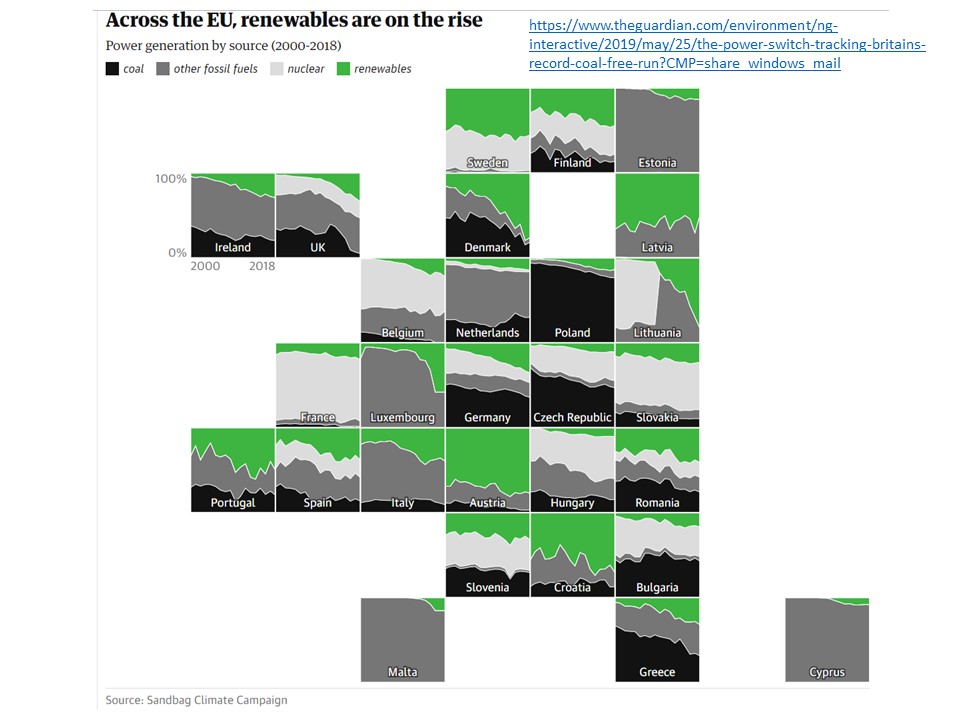 But far too much coal is still planned. Sandbach May 2019 report ‘Just Transition or Just Talk‘.
But far too much coal is still planned. Sandbach May 2019 report ‘Just Transition or Just Talk‘.
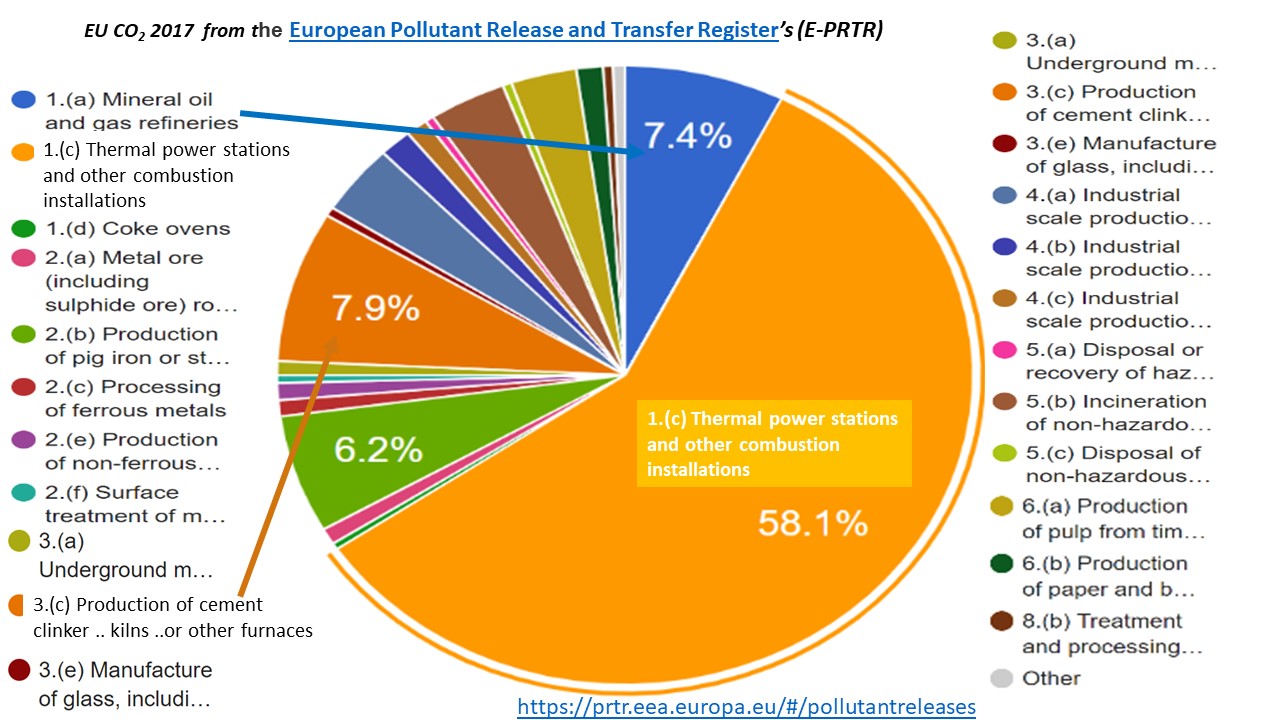
The Industrial Emissions Directive 2010/75/EU has not stopped new fossil fuel mining and use for industry. For instance the UK has given permission to a new undersea deep coal mine in Cumbria to feed the UK and European steel industry.
Greenpeace objected to the mine, saying it could not be justified when it was possible to recycle steel using plants supplied with electricity.
LAND USE LAND USE CHANGE AND FORESTRY (LULUCF)
From May 2018 Member States have to ensure that greenhouse gas emissions from land use, land use change or forestry are offset by at least an equivalent removal of CO₂ from the atmosphere in the period 2021 to 2030, under the Land use and forestry regulation for 2021-2030.The LULUCF sector contributes to the EU’s 2030 emission reduction target.
“This will help farmers to develop climate-smart agriculture practices and support foresters through greater visibility for the climate benefits of wood products, which can store carbon sequestered from the atmosphere and substitute for emission-intensive materials.”
Forest management is the main source of biomass for energy and wood production and following criticism that emissions from biomass in energy production were not accounted for under previous EU law.
THE EFFORT SHARING DECISION
Housing, agriculture (excluding forests), waste, transport (excluding aviation) are not in the ETS or LULUCF, and are therefore in the Effort Sharing Decision. Together they incur 55% of Greenhouse Gases and have an overall target reduction of -37% from 2005 to 2030.
The Effort Sharing Decision consists of binding annual targets for each EU Member State for cutting emissions for sectors not covered by ETS (by 2020 compared to 2005) eg for the UK (whilst in the EU). Progress is monitored by the Commission every year.
CLEAN AIR
The EU has legislation for target levels of pollution and also for the sources of Air Pollution. It compiles high level data about the sources of Air Pollution, but the danger is very localised so sources that make up a small percentage at an EU level can be fatal at the place where they pollute the air.
For the resultant levels of pollution the Commission adopted a Clean Air Policy Package in December 2013, consisting of:
- a new Clean Air Programme for Europe with new air quality objectives for the period up to 2030
- a revised National Emission Ceilings Directive with stricter national emission ceilings for the six main pollutants
- a proposal for a new Directive to reduce pollution from medium-sized combustion installations.
In Feb 2014 the European Commission took action against the UK (Defra) for persistent air pollution problems. Since then Client Earth has also taken action against Defra and the UK major cities, publishing “What do ClientEarth’s legal cases mean for local authority plans to deliver nitrogen dioxide compliance in England and Wales?” as a guide.
Polluted Air Sources: vehicles, industrial plants, subways and agriculture.
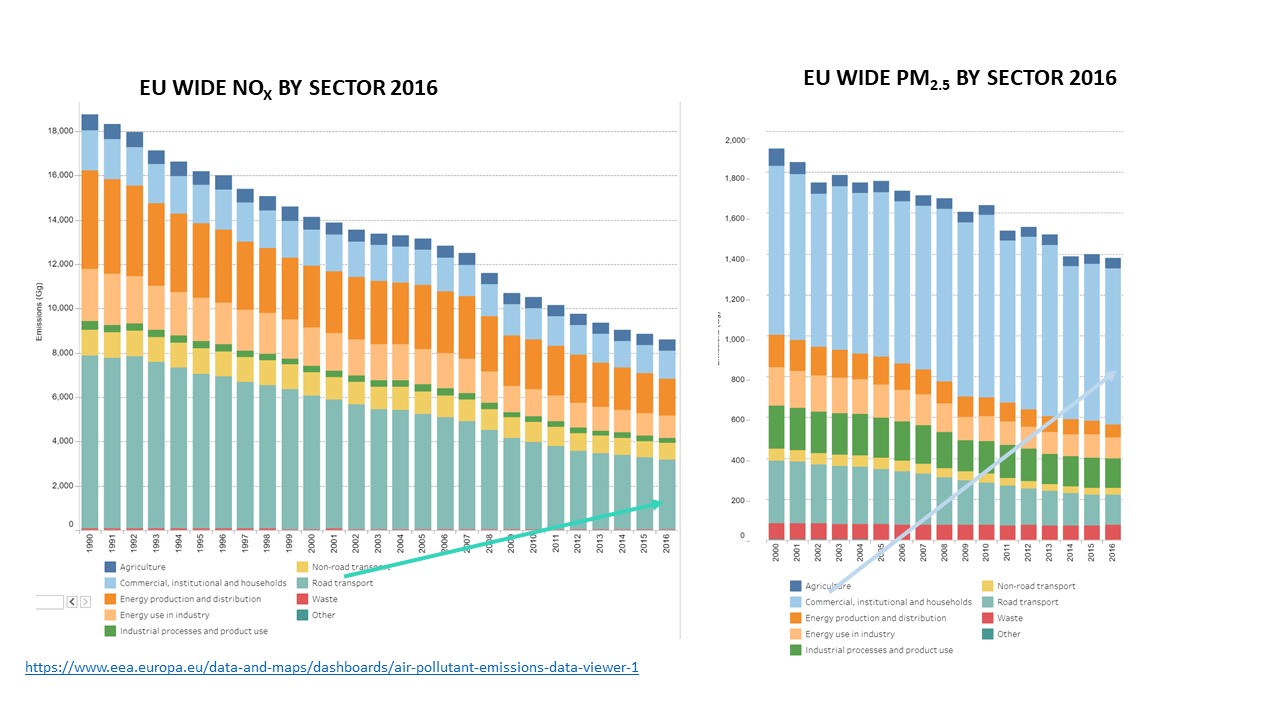
CLEAN BEACHES
The EU web page on Eutrophication explains that the main contribution of human-introduced phosphate onto beaches and seas comes from domestic and industrial sewage and waste water. Run-off from land is also an important source of phosphate as it is a component of fertilizers. The predominant nitrogen load comes from diffuse sources on land, especially agricultural areas. Other sources of nitrogen include nitrogen gases (e.g. ammonium from manuring, nitrogen oxides from ships, which are transferred via the atmosphere to oceans through precipitation), aquaculture, waste water treatment plants, industrial water and adjacent oceans.
- The Nitrates Directive(1991) aims to protect water quality across Europe by preventing nitrates from agricultural sources polluting ground and surface waters and by promoting the use of good farming practices.
- The Urban Waste-Water Treatment Directive(1991) aims to protect the environment from the adverse effects of urban waste water discharges and discharges from certain industrial sectors.
- The Water Framework Directive(2000) lays down a strategy to fight against the pollution of water, including adopting specific measures against pollution by individual pollutants or groups of pollutants presenting a significant risk to or via the aquatic environment.
Beach litter. The Marine Litter Database 2018 provides information for ‘lessons learned in compiling the first pan-European database’
EU support for Innovation
The European Institute of Innovation and Technology (EIT) “brings together leading universities, research labs and companies…” EIT:
· creates Knowledge and Innovation Communities (KICs)
· develops innovative products and services
· starts new companies
· trains a new generation of entrepreneurs
The European Research Area is “a unified area open to the world, in which scientific knowledge, technology and researchers circulate freely.”
The EU has a Commissioner for Research, Science and Innovation, Carlos Moedas, working with Mission Innovation
EU Finance for low carbon projects
European Investment Bank “The EIB is the European Union’s bank. ”we commit at least 25% of our lending portfolio to low-carbon and climate-resilient growth.”
“ We are the only bank owned by and representing the interests of the European Union Member States.”….. “As the largest multilateral borrower and lender by volume, we provide finance and expertise for sound and sustainable investment projects which contribute to furthering EU policy objectives” We work closely with other EU institutions to implement EU policy.”…… …..”we commit at least 25% of our lending portfolio to low-carbon and climate-resilient growth.”
The Energy Efficiency Financial Institutions Group (EEFIG) was set up to “to identify the barriers to the long-term financing for energy efficiency and propose policy and market solutions to them”.
A European Local ENergy Assistance (ELENA) facility is offering €97mill for residential building programmes.
Divesting from fossil fuel funding. Climate Action Tracker also suggests that “A complete divestment from fossil fuel investments, including in new natural gas infrastructure, as recently adopted by the Irish government (Reuters 2018b), is an example to be followed not only by the EU member states but also the European institutions.”
On the 7th June 2019 protesters lobbied the EIB headquarters in Luxembourg calling urgently for the bank to end its’ financial support of fossil fuel projects around the world.


